Mastering Optics Production Drawings: A Comprehensive Guide to ISO 10110 Standards
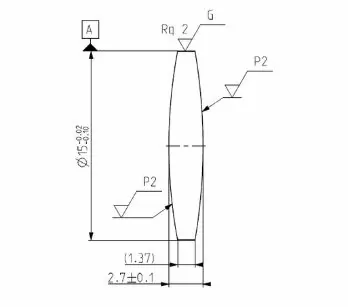
Introduction Optics production drawings play a pivotal role in the manufacturing process of optical components, devices, and systems. These drawings serve as detailed blueprints that guide engineers, technicians, and manufacturers in fabricating precise and high-quality optical products. Here’s an overview of their importance: 1. Accuracy and Precision: Optics production drawings provide precise specifications, including dimensions, […]
Powering advanced optical design with liquid lenses
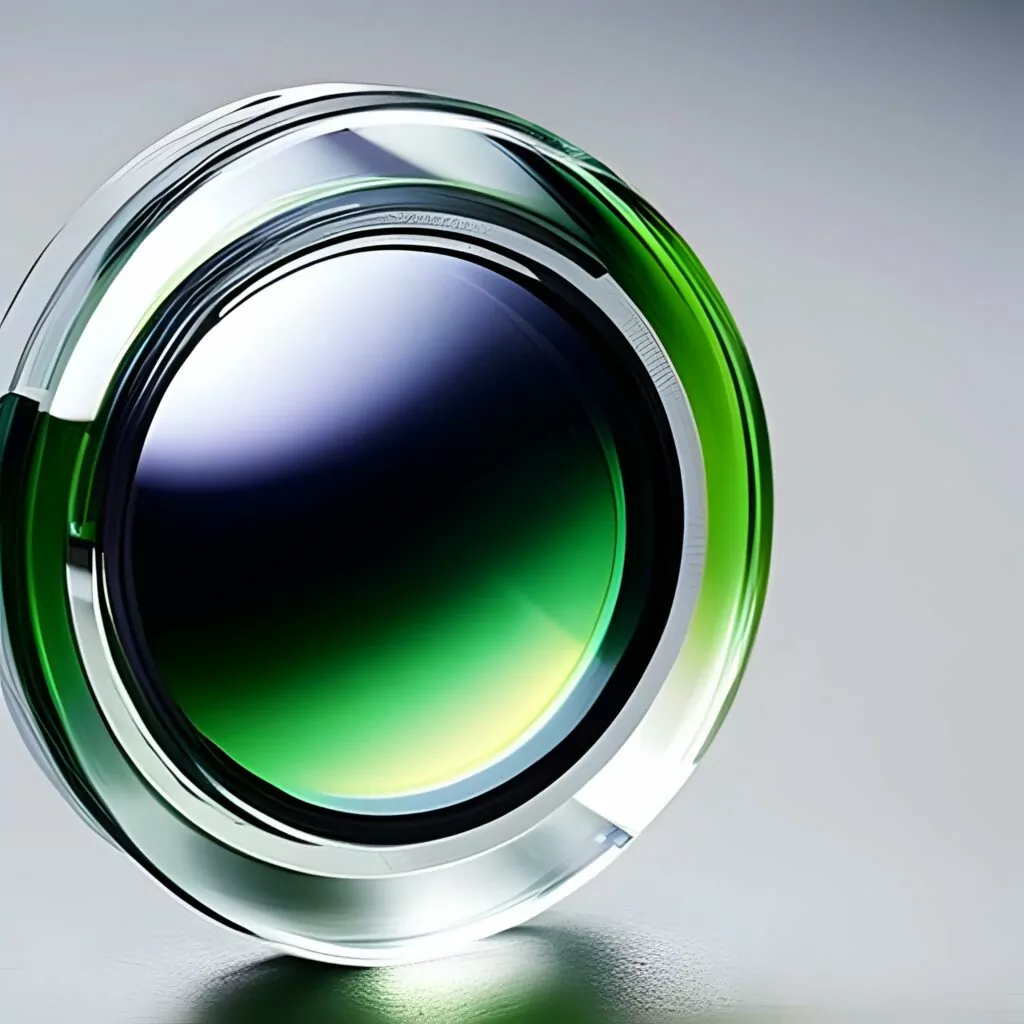
Liquid lenses, are a type of optical lens that have a tunable focal length by shaping a liquid electronically. These lenses can be based on voice coil actuation, or based on electrowetting technology, which involves manipulating the surface tension of a conductive liquid droplet by applying an electric field. The core component of an electrowetting-based […]
Surface texture requirement in optical drawings
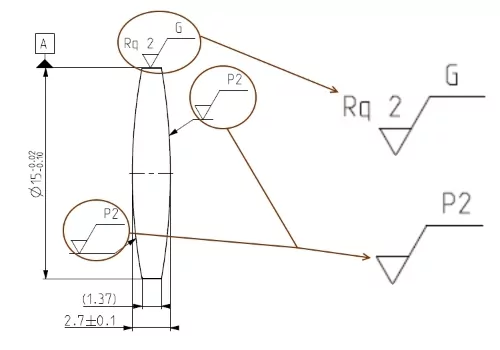
In our previous article, we discussed how to read optical drawings while in this installment, we will focus on surface finish details. Optical lens performance can be heavily affected by the lens surface roughness. The surface texture symbols are used in optical drawings to define a lens’s necessary surface finish and roughness and will the […]
The Role of F-theta Lenses in Laser Scanning
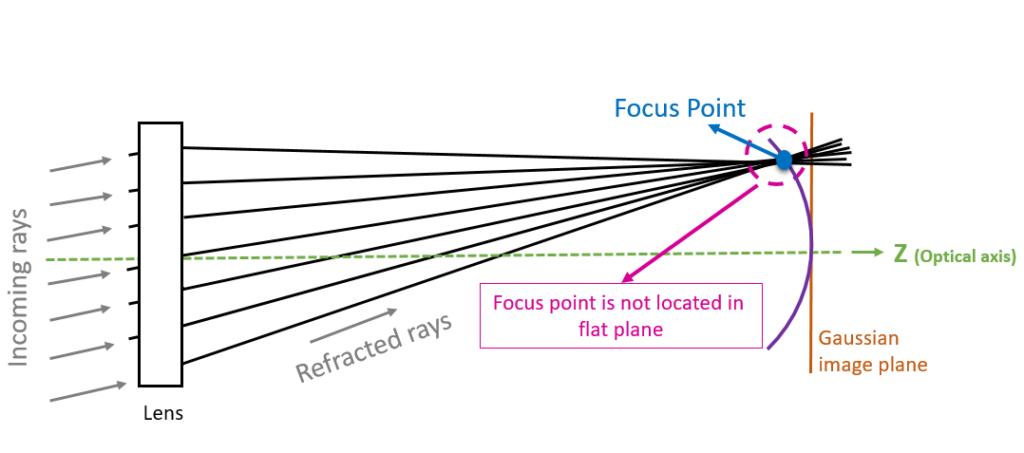
Introduction to f-theta Lenses In the landscape of optical systems, the introduction of f-theta lenses is an important chapter, offering a solution to the challenges posed by traditional lenses in laser scanning applications. As laser technology becomes more prevalent in applications from engraving to intricate material processing, the need for precision and consistency in focused […]
Projection Lens Design
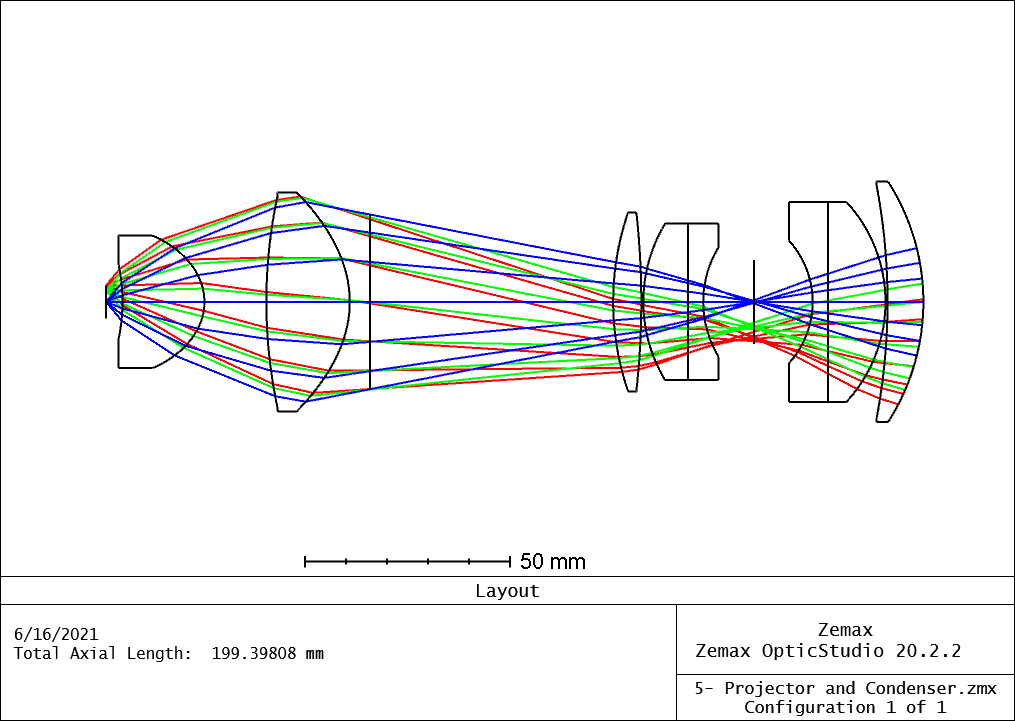
Projection systems are one of the most common consumer optical devices (probably second to photographic systems). They allow us to view images on a screen (usually) by magnifying and projecting them at distances from a few centimeters to several meters away (like in a movie theater), while maintaining a high quality image. Projection systems are […]
Achromatic doublet design and optimization
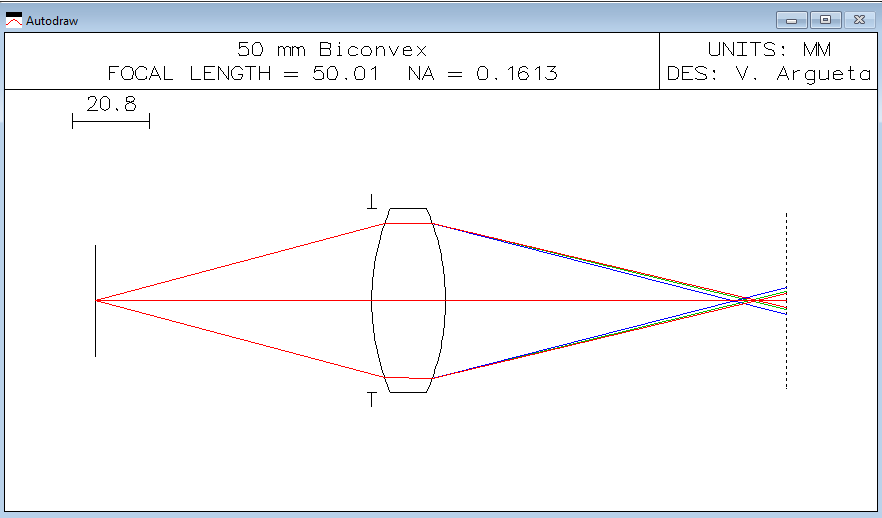
Basic Concepts One of the most common optical structures is the achromatic doublet. It is used to reduce chromatic aberrations. At its most basic, it is a two lens system configuration where one lens is a concave lens, usually made of a flint glass, and the other is a convex element, usually made with crown […]